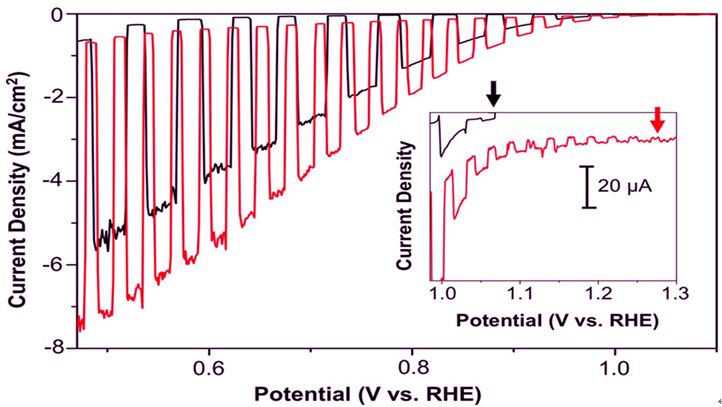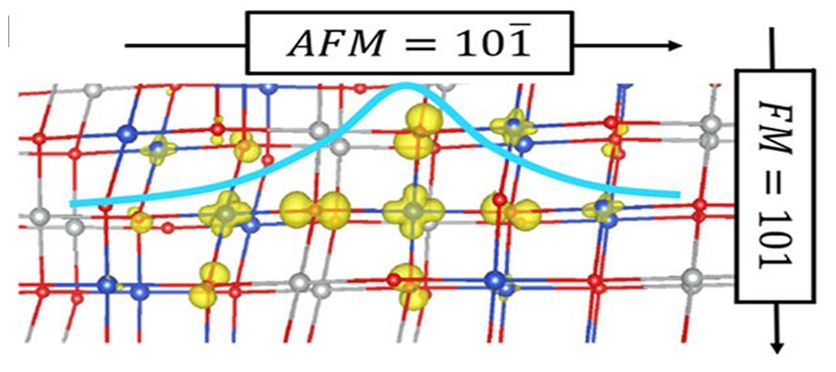npj: 阴极材料—锂掺杂使氧化铜焕发生机
海归学者发起的公益学术平台
分享信息,整合资源
交流学术,偶尔风月
“自旋极化子”的形成源于磁性氧化物中强烈的自旋-电荷-晶格相互作用,它导致载流子局域化,并伴有局域磁化和晶格畸变。CuO是一种有潜力的光阴极材料,其通过自旋极化子跳跃来传导空穴。自旋极化子在跳跃传导过程中不仅需要克服强电-声耦合导致的势垒,同时还要克服强磁耦合带来的额外势垒,因而CuO的电导率很低,这限制了其在光电化学电池阴极及气体传感器中的应用。
为克服这一重要限制,来自加州大学圣克鲁兹分校和威斯康星大学麦迪逊分校的袁平教授等,提出利用锂掺杂来提升CuO的电导率。基于第一原理计算,他们发现锂掺杂可以同时降低电-声耦合及磁耦合导致的势垒,并且提升载流子浓度。他们进一步制备了Li-CuO电极,与未掺杂CuO电极相比,光电流得到增强。这些结果提示,锂掺杂CuO有望成为提高磁性氧化物导电性的通用策略。
该文近期发表于npj Computational Materials 4: 61 (2018),英文标题与摘要如下,点击左下角“阅读原文”可以自由获取论文PDF。
Mechanistic insights of enhanced spin polaron conduction in CuO through atomic doping
Tyler J. Smart, Allison C. Cardiel, Feng Wu, Kyoung-Shin Choi & Yuan Ping
The formation of a “spin polaron” stems from strongspin-charge-lattice interactions in magnetic oxides, which leads to alocalization of carriers accompanied by local magnetic polarization and latticedistortion. For example, cupric oxide (CuO), which is a promising photocathodematerial and shares important similarities with high Tc superconductors,conducts holes through spin polaron hopping with flipped spins at Cu atomswhere a spin polaron has formed. The formation of these spin polarons resultsin an activated hopping conduction process where the carriers must not onlyovercome strong electron−phonon coupling but also strong magnetic coupling.Collectively, these effects cause low carrier conduction in CuO and hinder itsapplications. To overcome this fundamental limitation, we demonstrate fromfirst-principles calculations how doping can improve hopping conduction throughsimultaneous improvement of hole concentration and hopping mobility in magneticoxides such as CuO. Specifically, using Li doping as an example, we show thatLi has a low ionization energy that improves hole concentration, and lowers thehopping barrier through both the electron−phonon and magnetic couplings'reduction that improves hopping mobility. Finally, this improved conductionpredicted by theory is validated through the synthesis of Li-doped CuOelectrodes which show enhanced photocurrent compared to pristine CuOelectrodes. We conclude that doping with nonmagnetic shallow impurities is aneffective strategy to improve hopping conductivities in magnetic oxides.
扩展阅读
本文系网易新闻·网易号“各有态度”特色内容
媒体转载联系授权请看下方








